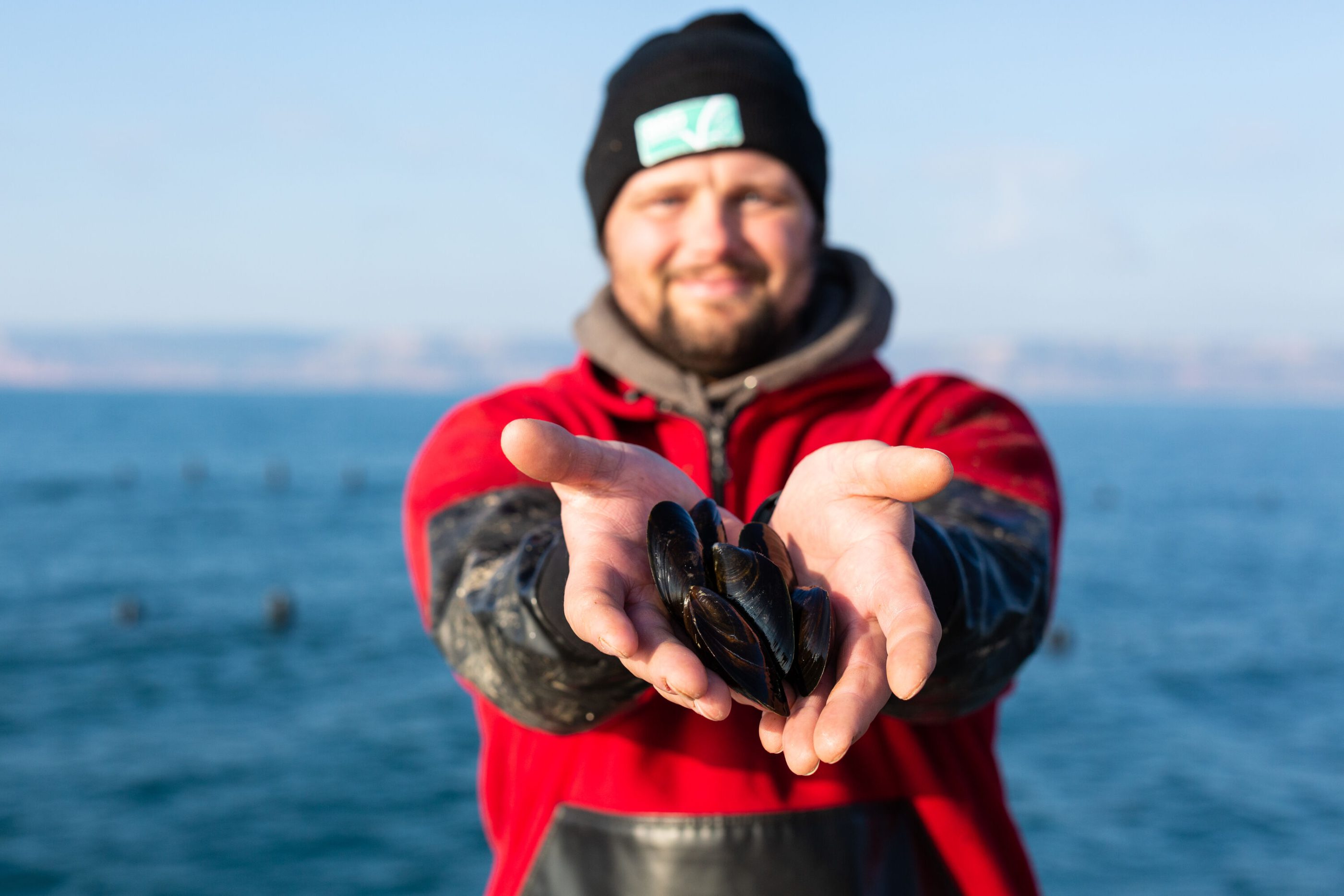Experts come together to develop ASC Feed Standard
September 8, 2014
Last week around 50 experts met for the first time in Amsterdam demonstrating that together industry will help ensure a responsible future for the production of fish feed.
Experts in marine, plant, animal and micro ingredients, as well as supply chain and feed mill experience, gathered together for the ASC Responsible Feed Project working group event.
During the sessions, Secretary for the Responsible Feed Project Michiel Fransen explained how feed is a major contributor to the overall environmental impact of aquaculture. “The production of the key ingredients used in making aquaculture feed create environmental and social pressures that must be addressed,” Fransen said.
“Feed is the most costly input in fish farming, which in itself has driven innovation in feed composition and increased efficiency of use. However, reducing the impact of feed goes further than optimising its composition and use; sourcing of responsibly produced ingredients is a big step forward in moving our industry towards sustainability.
“All the major ingredients that are used today have an environmental impact, even those that are substituted for fish meal and oil. For many of these ingredients ‘sustainable’ practices are yet to be defined, but it is possible to define ‘responsible’. For those ingredients that do have a definition of ‘sustainable’ practices, it is important to develop a step-wise approach to reach that goal over time. Tackling this is one of the challenges for the Technical Working Groups.”
Chris Ninnes, ASC’s CEO, gave a presentation on the ASC programme, describing how through assessment against the ASC standards the programme aims to reduce the environmental and social impact of aquaculture worldwide.
“As with the requirements in the species standards, those in the feed standard will also require that best practice is enshrined,” Ninnes said. “The ASC defines best practice as a level that can only be achieved by 15-20 per cent of industry when the standard is released. Wider adoption will require industry improvements and an aquaculture industry committed to the Feed Standard will incentivise and drive the innovation needed to be made by the producers of the main ingredients used in the production of aqua feeds.
“The feed standard will ensure that there is consistency in the way the aquaculture feed industry is asked to address the sustainability and social responsibility issues concerning feed. And, through independent certification we can share that best practice and ensure that it is applied properly.”
Over the next year the steering committee and working group members will provide expert knowledge to help develop the requirements that will make up the ASC Feed Standard. This will be followed by two public review rounds involving the broader stakeholder community, who can provide input into the draft standard.
According to Fransen, as well as a feed standard, the project will deliver the related audit manual, which will be used to guide auditors in applying the standard, and a field test for the standard and audit manual. He explained that “in developing the standard and the audit manual a range of environmental and social issues will need to be analysed and the results will ensure their content is scientifically robust, reflects best practice and can be applied consistently.”
“When the standard is finalised it will be available for anyone who wants to use it,” said Ninnes. “This collaborative approach is the best way in which to develop the consensus needed to improve the environmental performance of key feed ingredients used in fish farming.”



